The new year is coming.
At least, in many Asian countries, it is.
This year, the Lunar New Year will take place on Saturday, Feb. 10. It is a holiday that is celebrated in countries all over the world but is most widely recognized in Asia.
Across the main 13 Asian countries that celebrate the Lunar New Year, there is definitely some overlap in the customs and traditions they partake in. But there is also a variety of cuisines, festivities, attires and decorations stemming from the different cultures.
Even in America, many cities hold festivals or events in honor of the holiday, featuring popular activities like lighting fireworks and firecrackers, watching lion and dragon dances, and exchanging red envelopes and gifts.
Over two-thirds of Chinese families in America celebrate the Lunar New Year. Many of these families generally follow the same traditions when celebrating the new year.
Decorations:
My family typically cleans the house from top to bottom in preparation for the new year. In Chinese tradition, the house must be clean for good luck and happiness to come in the following year. Symbolically, sweeping the floors “sweeps” out the bad luck, while the word for “dust” is a homophone for the word “old.”
Hanging up banners, paper cuttings, lanterns, couplets and Chinese knots is very common as the house should be lively when the new year comes. These decorations are often red as the Chinese believed the color red could ward off evil.
One common decoration is an upside-down painting of the word “福,” which means fortune because saying “fortune is upside-down” sounds similar to saying “fortune has arrived.”
While a lot of these decorations can be purchased online, numerous families actually make them themselves.
Paper cutting may seem complicated, but following tutorials makes it pretty simple and you can feel proud of yourself when you get to hang them up. Colorful paper lanterns can easily be made with construction paper, scissors and some tape, and are easily customizable.
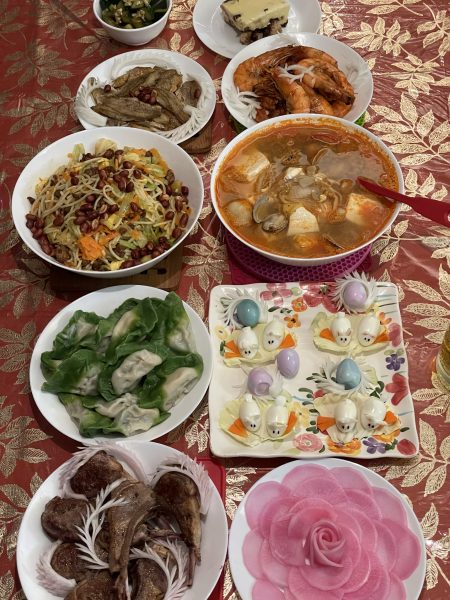
Food:
On New Year’s Eve, families will gather for a reunion dinner. We usually prepare and cook together as well. Almost every dish traditionally eaten during this dinner has some symbolic meaning.
The shape of dumplings can be likened to bags of gold or silver, which is why many Chinese families will eat them to bring fortune. Spring rolls, one of the most popular Asian foods, is traditionally eaten due to its resemblance to a bar of gold.
In Chinese, the word “fish” sounds similar to the word “surplus”; people believe that eating fish means they will have an abundance of wealth in the new year. Furthermore, they eat half of the fish on New Year’s Eve and the other half on New Year’s Day to symbolize the carrying over of wealth to the upcoming year, as well as starting and ending the year on a high note.
I mean, who wouldn’t wish for more money, right?
Tangerines, chicken, rice cakes and rice balls all symbolize success for the upcoming year. “Orange” sounds like the word for “accomplish,” and chicken is also a homophone for a word meaning prosperity. The stickiness of rice cakes and rice balls represents wishes that families and friends stay together in the new year. Also, the word for rice cakes, niángāo, sounds like saying “rising higher every year,” and the word for rice balls, tāngyuán, sounds like the word for “reunite.”
Lastly, in a tradition also observed on birthdays, families will eat long, uncut noodles to symbolize long life for the upcoming year.
Most of these dishes are relatively easy to make or find in stores, but I’d recommend starting with the more common dishes like dumplings and spring rolls if you’re looking to experience the Lunar New Year festivities without going out of your way.
Activities:
To pair with the food, families usually have an assortment of activities. Lion dance and dragon dance are popular due to the Chinese belief that lions and dragons symbolize strength, prosperity and superiority.
Houston has a huge Chinatown where many Chinese New Year performances take place. If you drive through on the weekend of Chinese New Year, chances are you’ll spot some sort of show going on.
Or, if you stop by the Asia Society Texas Center, they will be hosting a Lunar New Year festival with tons of performances, arts and crafts and food stalls that shows off the many aspects of Lunar New year at once. They will also host a celebration at the Galleria.
Firecrackers and fireworks were originally set off to scare away monsters that would terrorize the villages at night. Staying up late on New Year’s Eve was also originally performed to fend off any evil that would come at night. Families also decorate and release lanterns together to symbolize letting go of their past selves.
Though the original intention has been lost, most families still honor these traditions today.
While families do not traditionally exchange gifts, it is custom for older family members to gift the younger kids money inside a red envelope. In modern times, the tradition has also extended to friends and coworkers.
In my family, the amount of money I receive is dependent on my age: every year, I get a little more to celebrate the passing of another year.
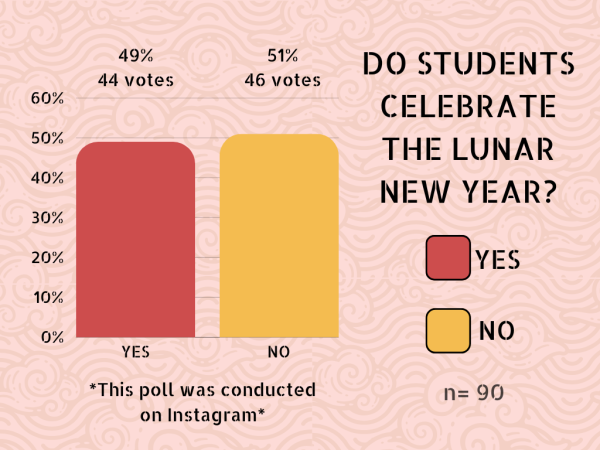
Clothing:
If you haven’t noticed, red is a very central part of many aspects of Chinese culture. In fact, many colors have symbolic meanings in traditional Chinese culture.
Following the red trend, wearing red on the new year is believed to bring you good luck. This was because red was associated with fire, believed to scare away monsters. Therefore, it is also associated with life and protection.
Furthermore, buying new clothes represents going “out with the old and in with the new,” starting the year with a clean slate and welcoming the new year’s arrival.
Conversely, wearing black and white is seen as inauspicious because those colors are associated with funerals and death.
In my family, it is also a tradition to wear red socks as much as possible during the new year to help ward off any dangers that may befall you in the coming year.
The celebrations of the Lunar New Year may seem outdated or unnecessary to some. Still, nearly 2 billion people worldwide take joy in spending time with their families and friends through this holiday.
So, if you’ve never celebrated Lunar New Year, I would highly recommend giving some of these traditions a try. Enjoy the time spent with your family and create some meaningful memories. Who knows, you might even get a red envelope out of it.


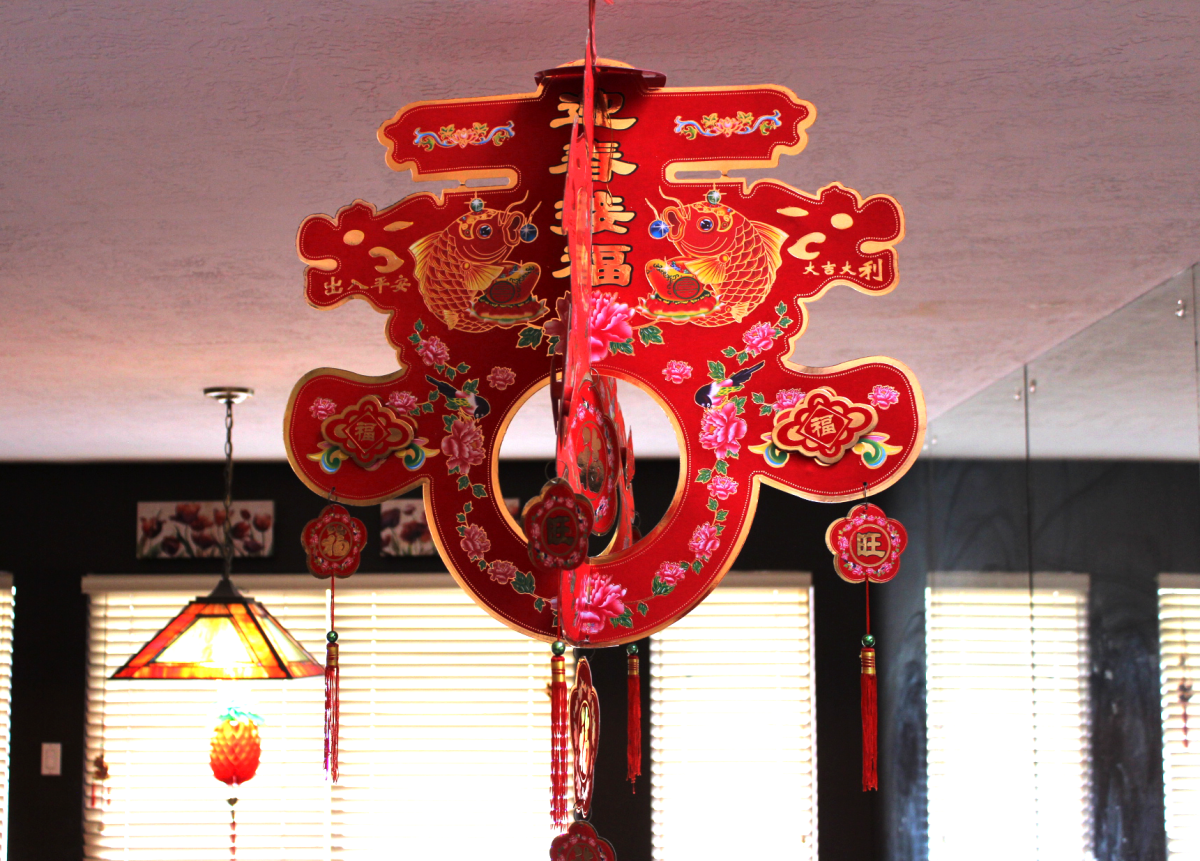



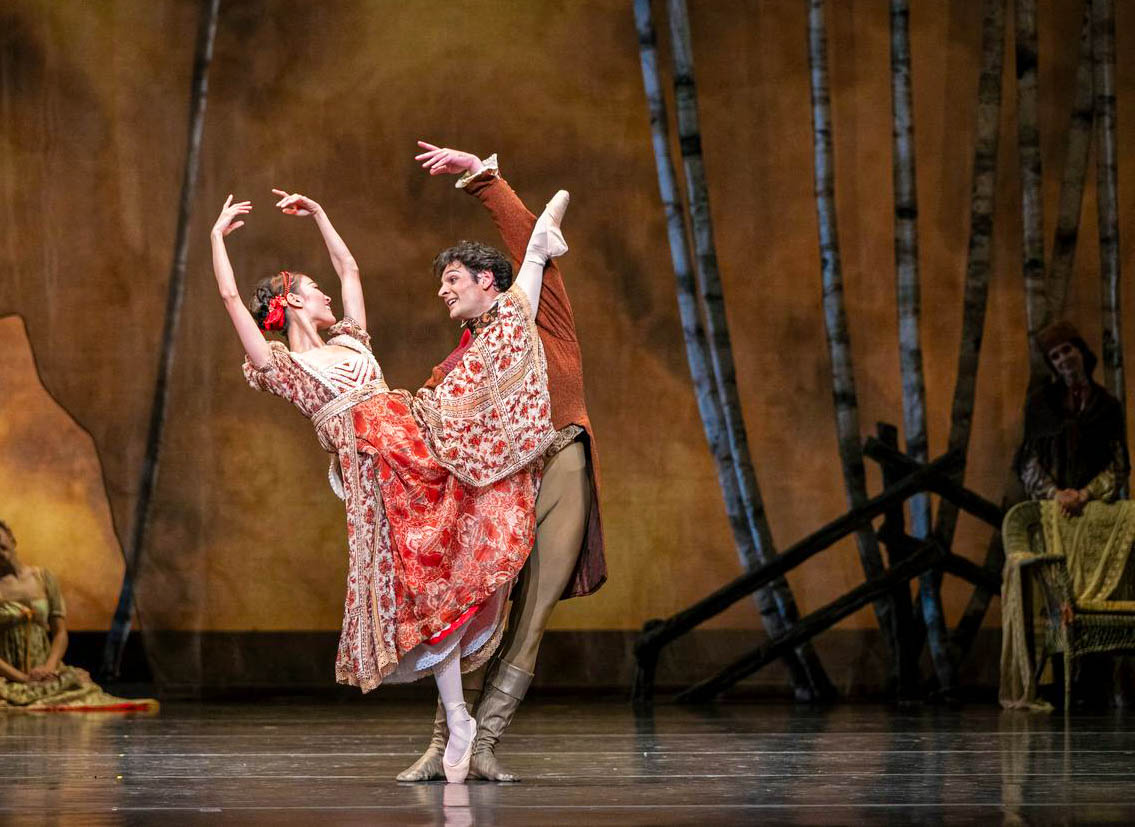


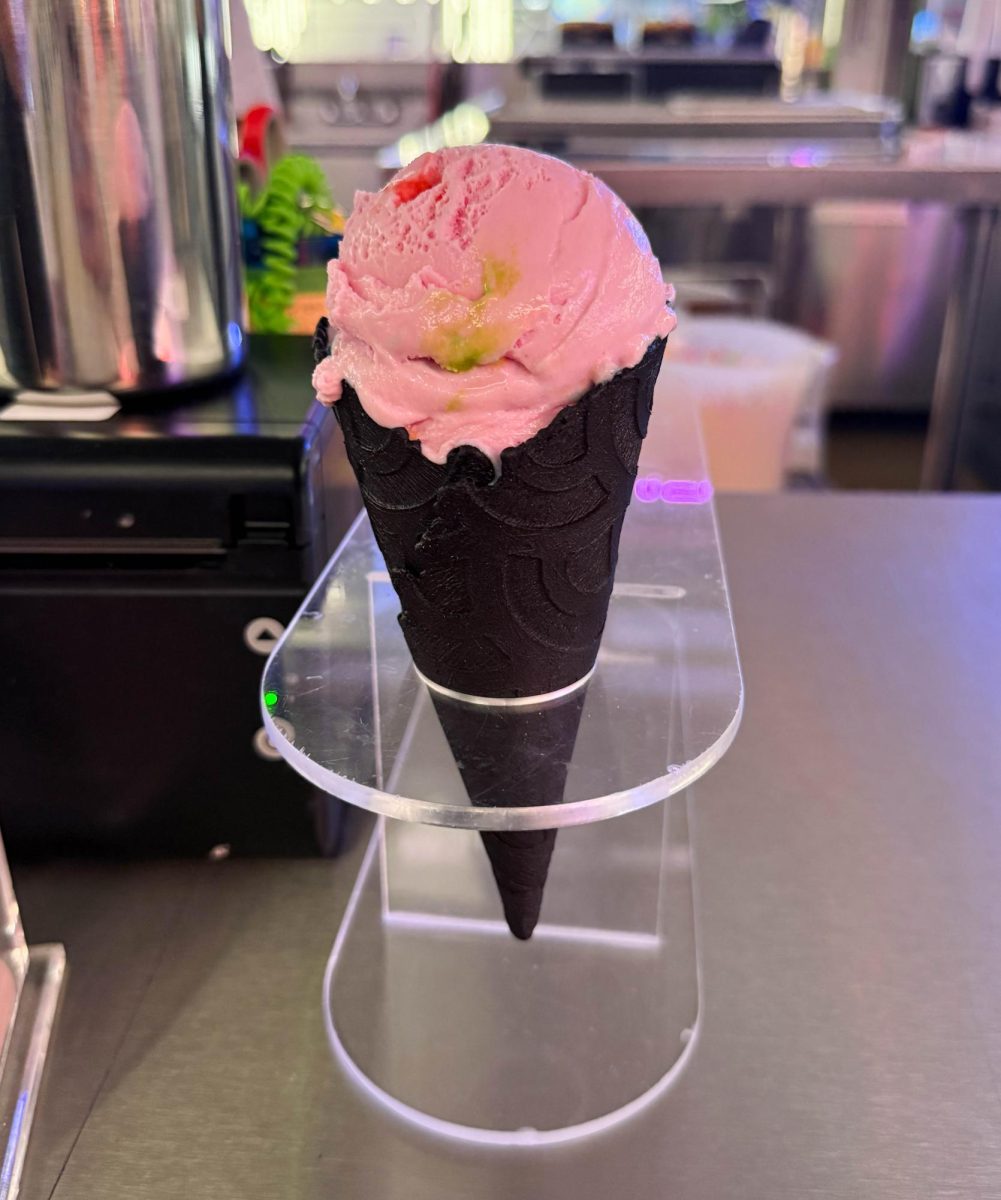




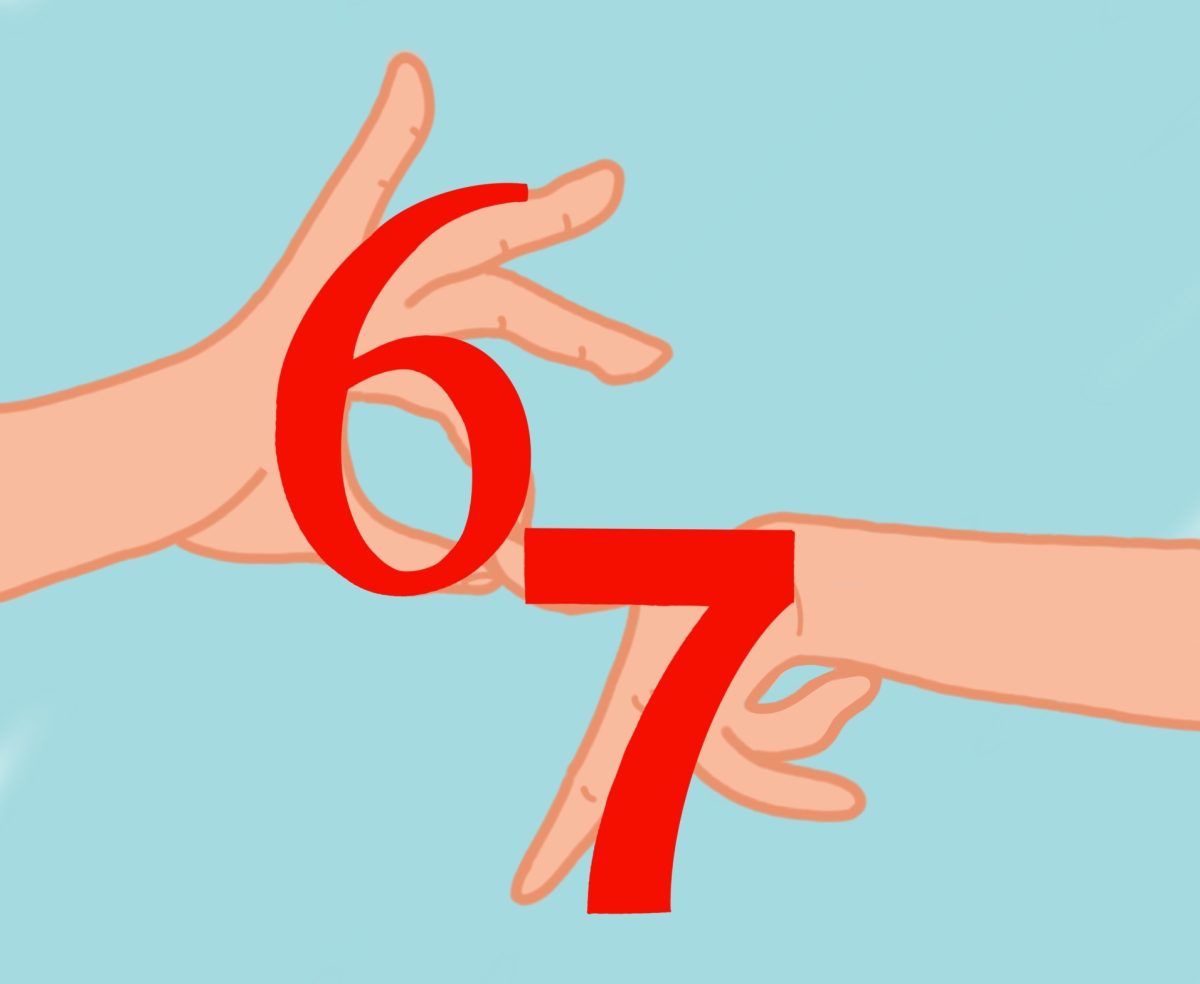



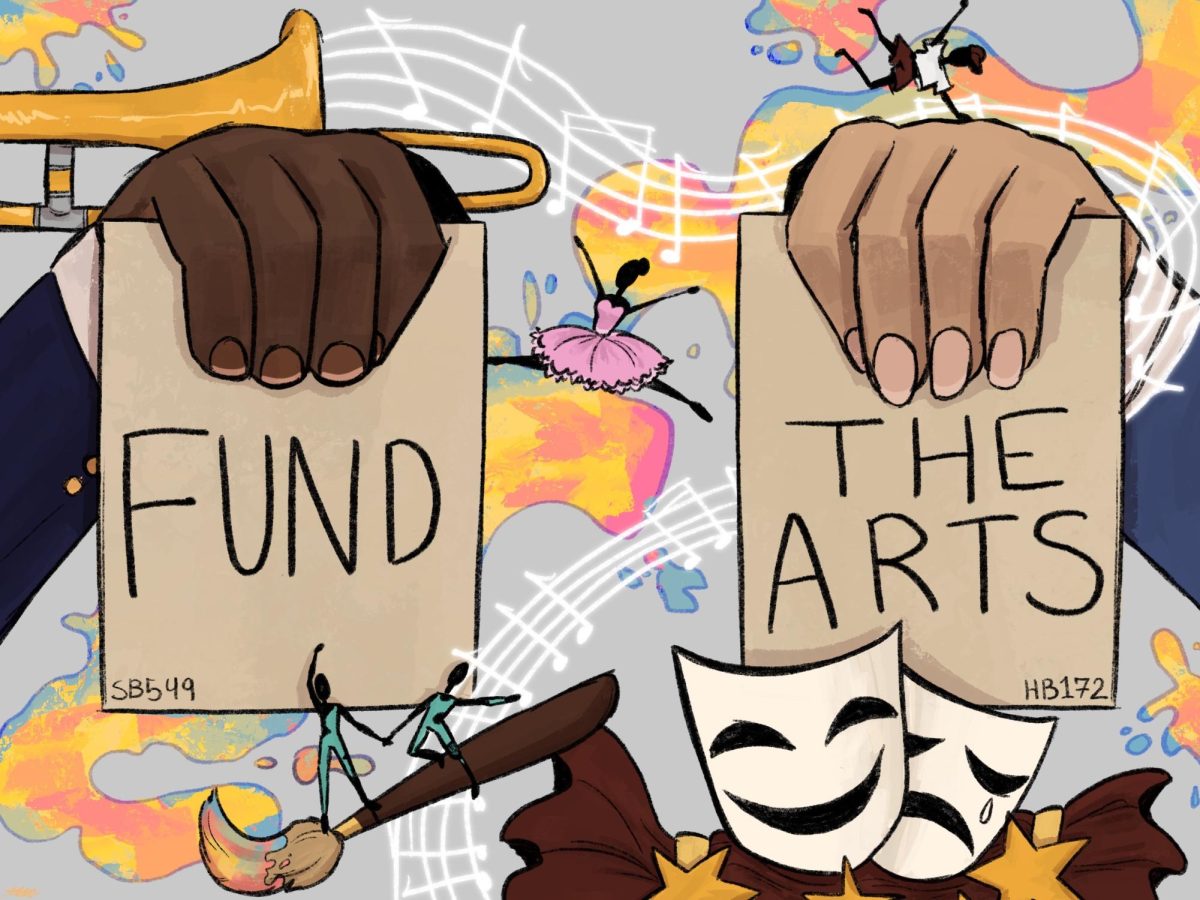
Anon E Moose • Feb 27, 2024 at 9:16 am
Hi Serena
Andrew Liu • Feb 10, 2024 at 9:26 pm
I like getting red packets, because I like money.
McKenzie Le • Feb 9, 2024 at 1:49 pm
Wow, Serena! This story was spectacular! Before reading this, I didn’t know about these traditions and practices, but now I do!!! Keep it up! I love your writing style.